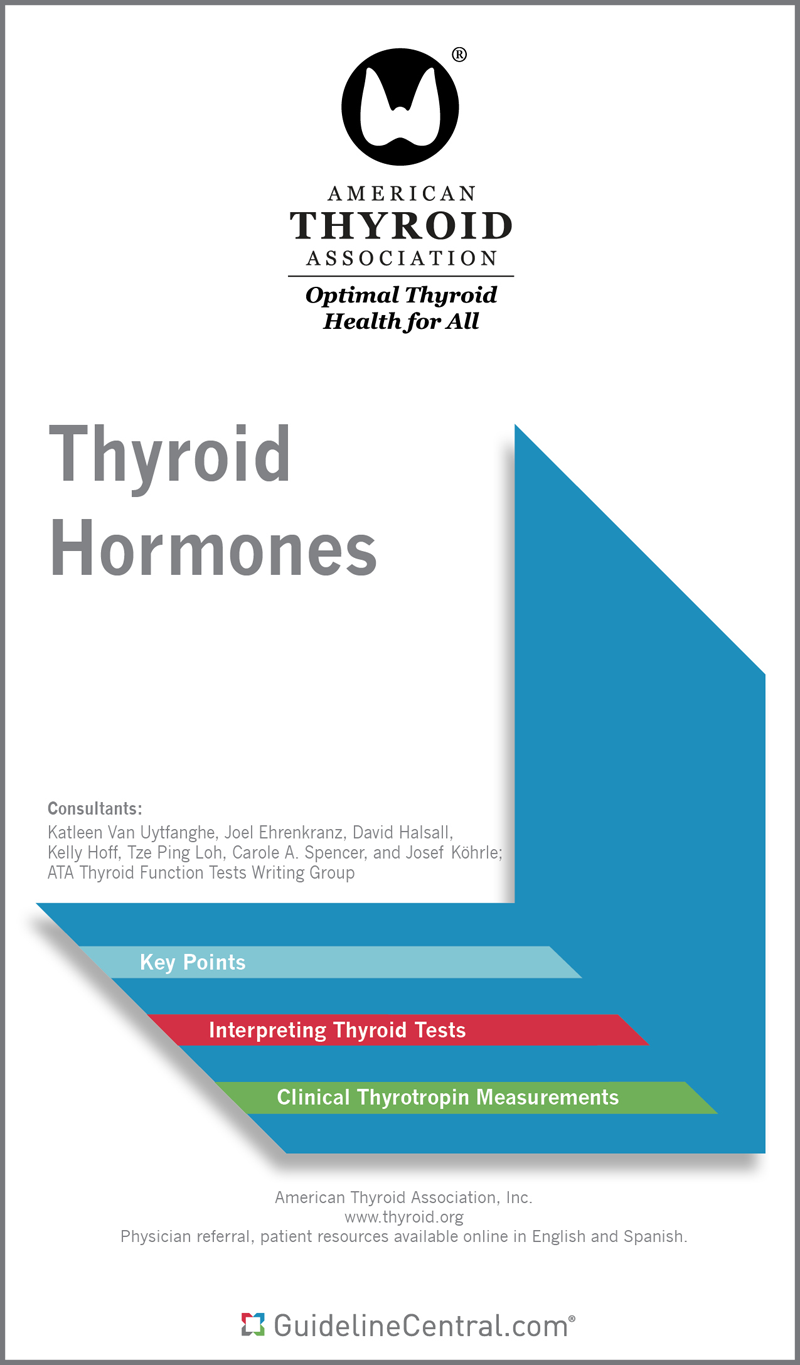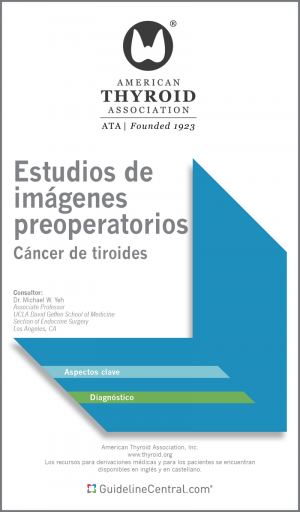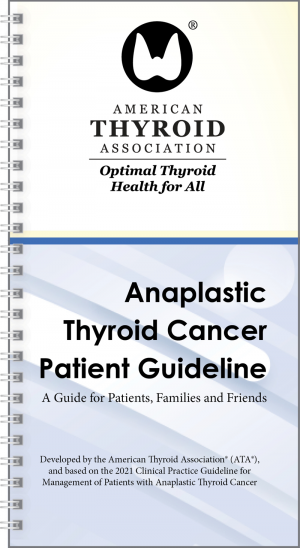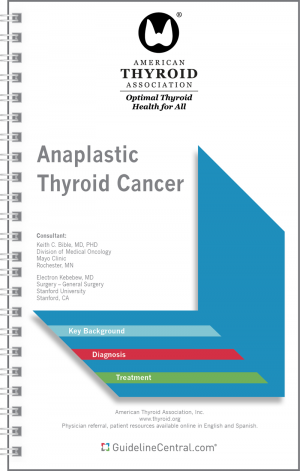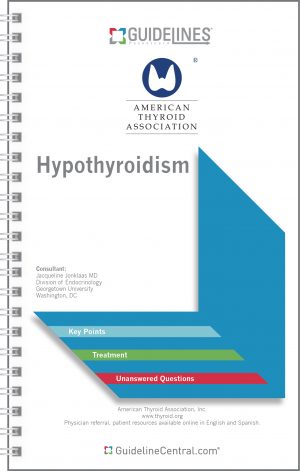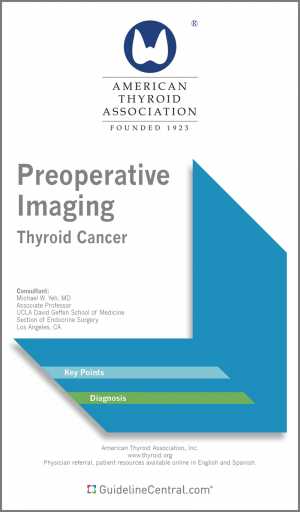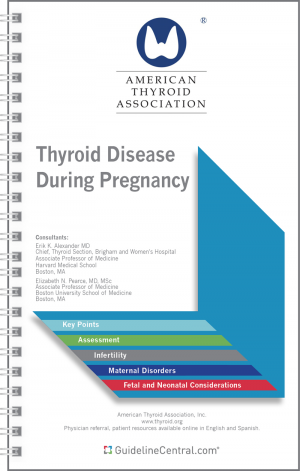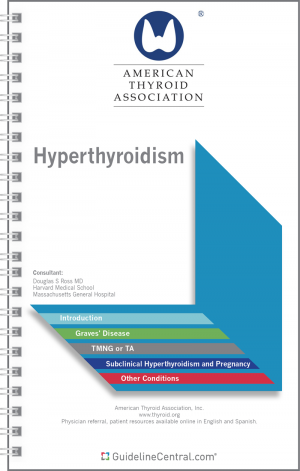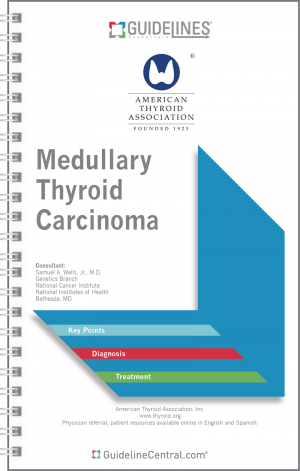$11.95
Print Copy Information:
- 80# Aqueous Coating
- 4.25" x 7.25"
- Ships in 5 – 10 business days
Bulk and Institutional Ordering
Additional Information
- For purchases under 100 in quantity, we suggest placing the order directly through the website.
- We offer group/institutional licenses for multi-user accounts (discount amount varies depending on the number of users).
- We are proud to offer special discounts to medical schools, training programs, students and more.
- We offer bulk purchase discounts based on number of copies and number of titles.
Contact Us for more details
Description
This pocket guide attempts to define principles of practice that should produce high-quality patient care. It is applicable to specialists, primary care, and providers at all levels. This pocket guide should not be considered exclusive of other methods of care reasonably directed at obtaining the same results. The ultimate judgment concerning the propriety of any course of conduct must be made by the clinician after consideration of each individual patient situation. Neither IGC, the medical associations, nor the authors endorse any product or service associated with the distributor of this clinical reference tool.
Related Products
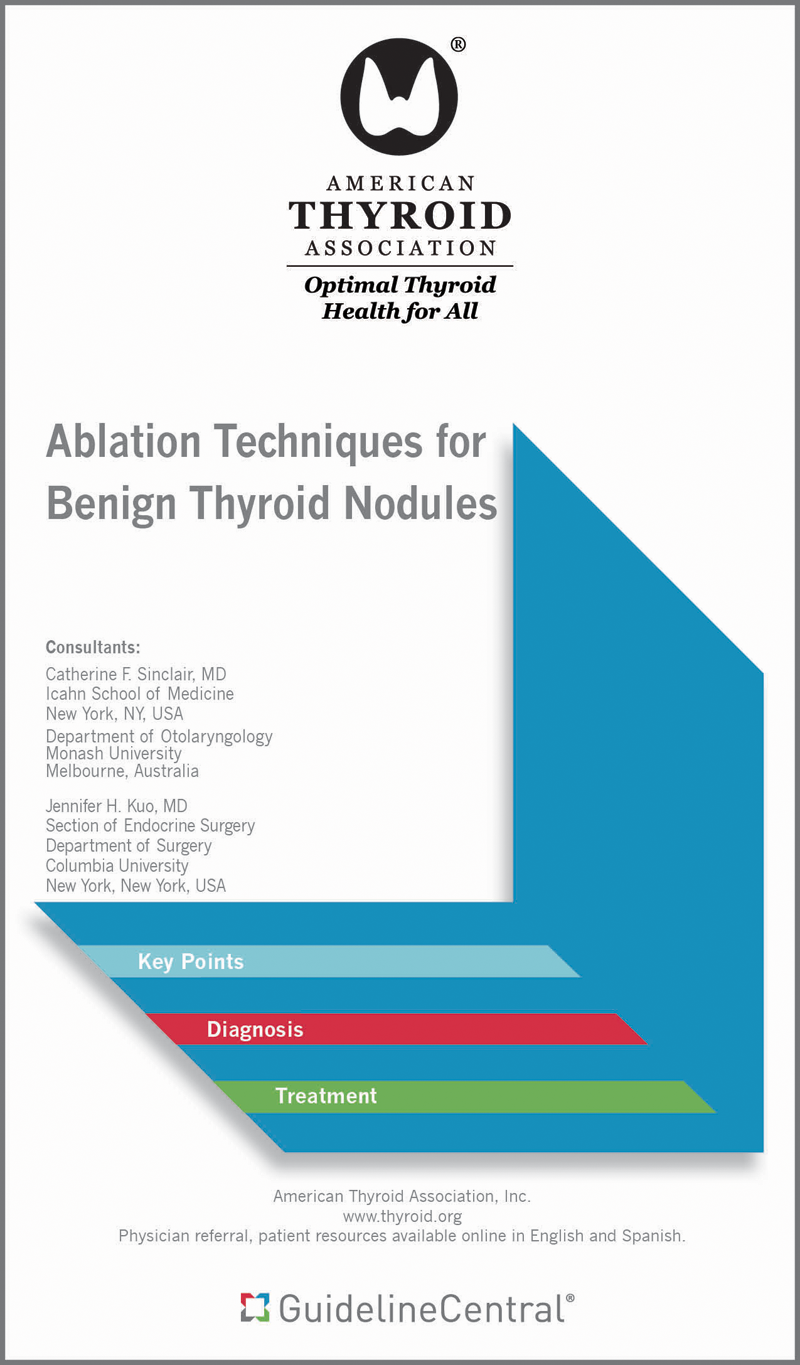
Ablation Techniques for Benign Thyroid Nodules
American Thyroid Association
Last Updated: Jan 24, 2024
$
9.95
Print
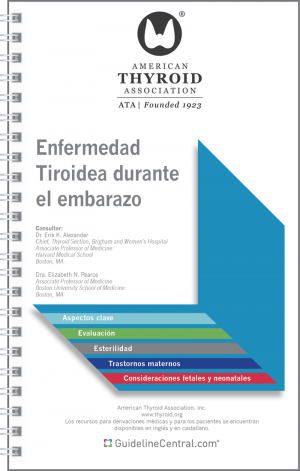
Thyroid Disease During Pregnancy - Spanish Translation
American Thyroid Association
Last Updated: Dec 19, 2021
$
11.95
Print
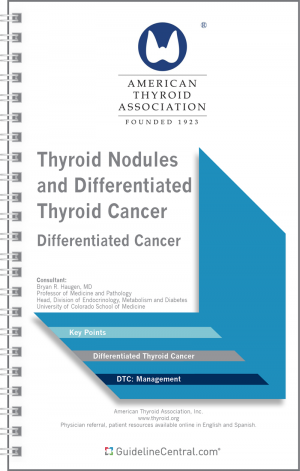
Thyroid Nodules and Differentiated Thyroid Cancer Differentiated Cancer
American Thyroid Association
Last Updated: Jan 25, 2016
$
13.95
Print
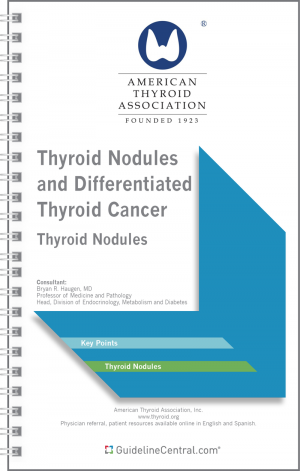
Thyroid Nodules and Differentiated Thyroid Cancer Thyroid Nodules
American Thyroid Association
Last Updated: Jan 25, 2016
$
9.95
Print
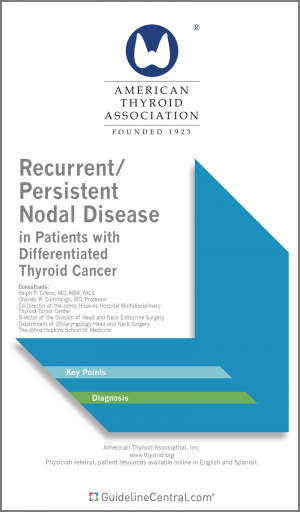
Recurrent/Persistent Nodal Disease in Patients with Differentiated Thyroid Cancer
American Thyroid Association
Last Updated: Oct 18, 2015
$
9.95
Print
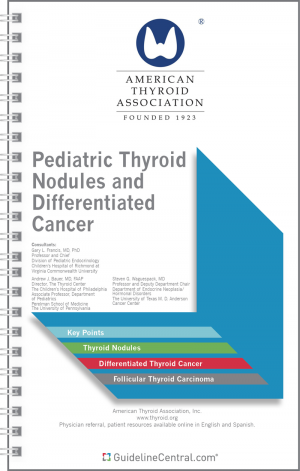
Pediatric Thyroid Nodules and Differentiated Cancer
American Thyroid Association
Last Updated: Aug 17, 2015
$
13.95
Print

